Powering the Future: How Saudi Arabia’s Energy Boom Fuels Steel Demand
Saudi Arabia is rapidly transforming its energy sector by shifting towards renewable energy as part of its efforts to diversify its economic base. This transition creates a growing demand for high-quality steel in Saudi Arabia, which is vital in energy infrastructure development. Technological advancements and sustainable solutions are also driving a surge in steel suppliers for the energy sector.
The Energy Sector’s Impact on Steel Demand
Saudi Arabia’s fuel sector is undergoing significant change as part of the country’s long-term vision to reduce dependence on oil exports. Under the Saudi Vision 2030 framework, the country aims to diversify its energy sources and focus on:
- Natural gas
- Solar
- Wind
- Nuclear power
The steel industry plays a central role in this transformation, providing essential materials for energy infrastructure.
Key Factors Driving Steel Demand
Massive Energy Projects
Projects like the Neom City and the Red Sea Wind Farm are designed to boost renewable energy generation. These projects require high-quality steel in Saudi Arabia for building:
- Wind turbines
- Solar farms
- Power transmission lines
Refinery Expansion
Saudi Aramco, the state-owned oil company, is expanding its refining capacity and upgrading its petrochemical infrastructure. These activities drive the demand for corrosion-resistant, high-strength steel.
Pipeline Networks
Saudi Arabia plans to build an extensive network of pipelines for transporting oil, gas, and hydrogen. These pipelines require high-quality steel in Saudi Arabia that ensures:
- Safety
- Durability
- Reliability
Types of Steel Used in the Energy Sector
Steel is a strong, durable, and versatile material crucial for energy infrastructure. Different types of steel cater to the specific needs of the fuel industry. Each type offers unique properties that help it survive harsh environments, making it essential for infrastructure in deserts, offshore rigs, and high-temperature plants.
| Type of Steel | Application in the Energy Sector |
|---|---|
| Carbon Steel | Oil and gas pipelines, power plant construction |
| Stainless Steel | Refineries, offshore platforms, hydrogen storage |
| Alloy Steel | Pressure vessels, heat exchangers, high-temperature applications |
| Weathering Steel | Transmission towers, wind turbines |
Renewable Energy Projects
Saudi Arabia’s shift to renewable energy projects is a key driver of demand for high-quality steel in the region. These projects rely heavily on advanced steel structures to withstand environmental stressors like strong winds, temperature fluctuations, and long-term corrosion.
Wind Energy
Wind farms are one of the most steel-intensive forms of renewable energy generation. High-quality steel in Saudi Arabia is critical to ensuring the durability and performance of wind energy infrastructure, from constructing wind turbines to developing transmission lines.
| Component | Steel Type | Purpose |
|---|---|---|
| Turbine Towers | Carbon/Weathering Steel | Structural integrity, resistance to wind |
| Rotor Blades | High-Strength Steel | Enhanced flexibility and resilience |
| Foundations | Reinforced Steel | Stability and resistance to environmental forces |
The construction of wind farms, such as the Dumat al-Jandal wind project, requires tens of thousands of tons of steel, making the energy transition a significant contributor to steel consumption.
Solar Energy
Solar energy projects, like the Sakaka Solar Power Plant, rely on high-quality steel in Saudi Arabia for building photovoltaic panel supports, structural frames, and electrical conduits. Steel’s durability makes it ideal for the harsh desert environment.
| Solar Energy Infrastructure | Steel Requirement |
|---|---|
| Panel Mounting Structures | Corrosion-resistant steel |
| Transmission Towers | Alloy steel |
| Energy Storage Units | Stainless steel |
The Role of Steel in Oil and Gas Infrastructure
Despite the push towards renewable energy, Saudi Arabia’s oil and gas sector remains a cornerstone of its economy. The demand for high-quality steel in Saudi Arabia will continue to grow for the construction of pipelines, storage tanks, and offshore platforms.
Pipelines and Storage
Saudi Arabia’s vast network of pipelines requires strong and corrosion-resistant materials to transport crude oil, natural gas, and petrochemical products over long distances. High-quality carbon and stainless steel are the preferred materials for these pipelines due to their longevity and resistance to environmental challenges.
| Infrastructure | Steel Type | Reason for Use |
|---|---|---|
| Oil Pipelines | Carbon Steel | High strength, low cost |
| Gas Pipelines | Stainless Steel | Corrosion resistance, high-temperature tolerance |
| Storage Tanks | Alloy Steel | Withstand high pressure and protect against leaks |
Technological Advancements
The technology involved in steel manufacturing is evolving. Innovations in metallurgy and steel production methods are enhancing the quality and performance of steel used in energy applications.
Key Technological Developments
- High Strength Low Alloy (HSLA) Steel: Engineered to offer better strength and corrosion resistance.
- Coated Steel: Advanced coating techniques like galvanizing and aluminizing are being developed to increase the lifespan of steel structures in corrosive environments.
- Hydrogen Resistant Steel: As Saudi Arabia aims to become a global hydrogen leader, steel that resists hydrogen embrittlement is essential for hydrogen pipelines and storage.
Domestic Steel Production and Imports
Saudi Arabia’s energy sector is rapidly developing, and its growing demand for steel is primarily met through imports. While domestic production focuses on specific sectors, the country relies heavily on foreign steel suppliers for the energy sector.
| Steel Source | Percentage of Total Demand |
|---|---|
| Domestic Production | 35% |
| Imports | 65% |
Saudi Arabia’s strong vision emphasizes the need for local steel manufacturers to invest in advanced technologies and production capabilities to meet the growing demand in the energy sector.
Sustainability in Steel
The concept of a circular economy, which involves recycling and reusing steel, is gaining popularity in Saudi Arabia. The country aims for sustainability in its steel and energy sectors by recycling high-quality steel used in energy projects at the end of its lifecycle, reducing the environmental impact of steel production.
| Steel Recycling Rate | Percentage |
|---|---|
| Renewable Energy Sector | 85% |
| Oil and Gas Sector | 65% |
There is a strong emphasis on reducing carbon emissions. Hence, using recycled steel in energy infrastructure is expected to rise. It will contribute immensely to the overall sustainability goals.
Conclusion
The energy sector is driving the demand for high-quality steel in Saudi Arabia. The country is transitioning from an oil-based economy to a diversified energy powerhouse. Steel will be essential in building the infrastructure for renewable energy projects. The most crucial elements of this change will be
- Types of steel used
- Quality driven technology
- Sustainable solutions
The demand for high-quality steel in Saudi Arabia is expected to grow with the country’s ambitious energy goals. It is going to be a vital resource for the kingdom’s future.

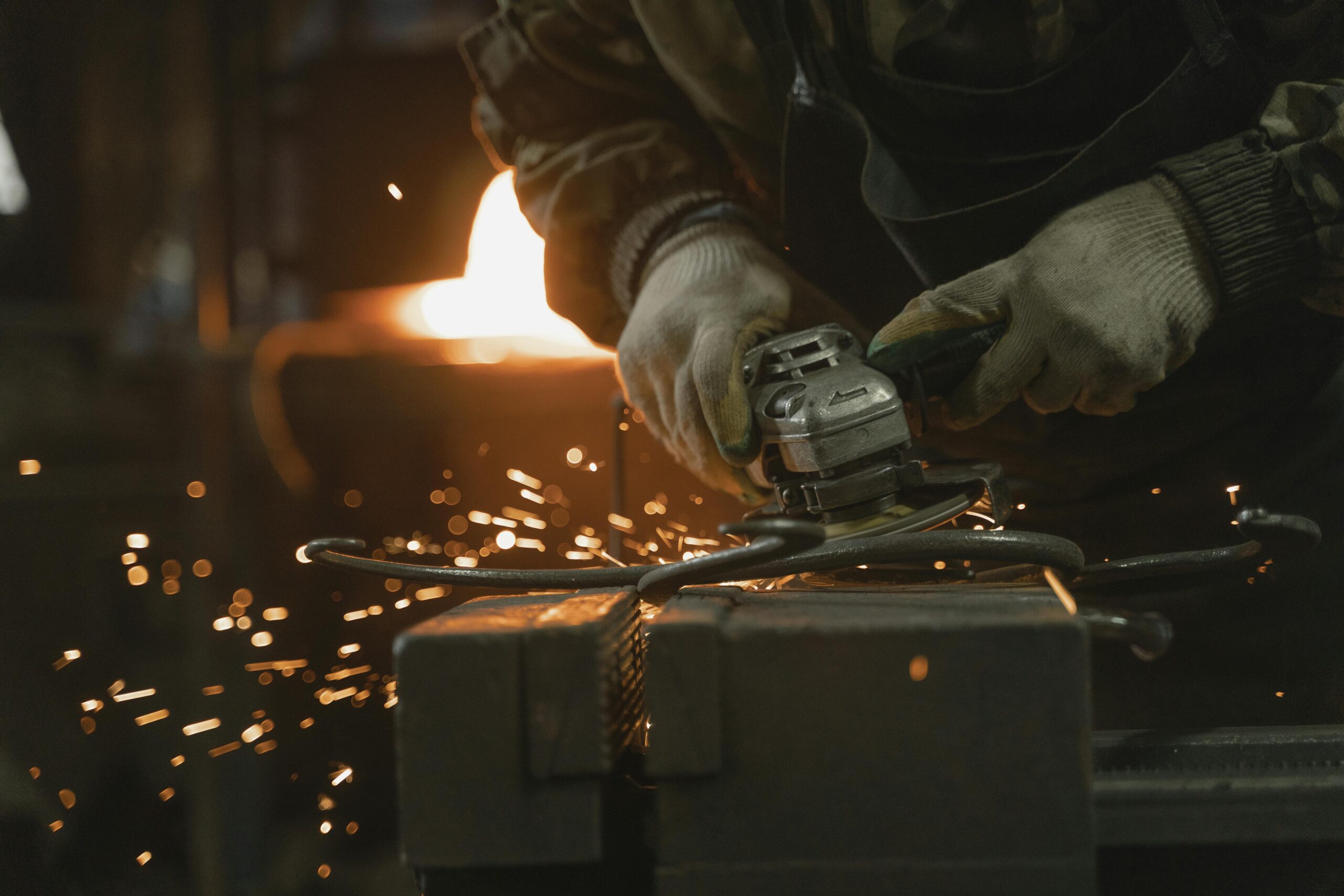
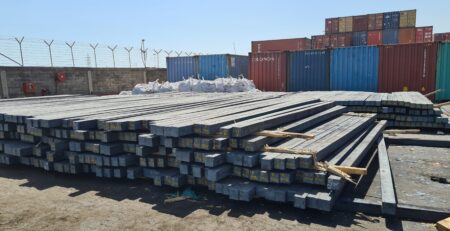
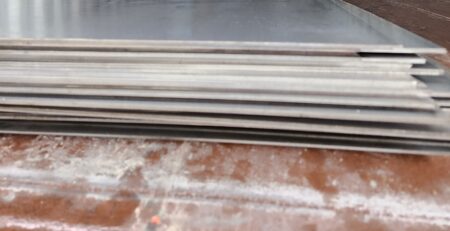

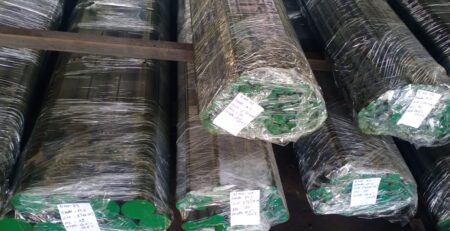
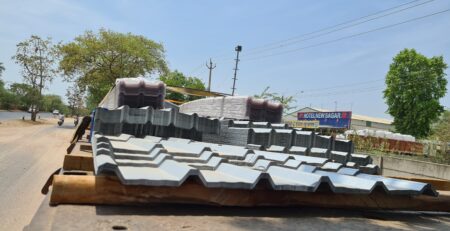
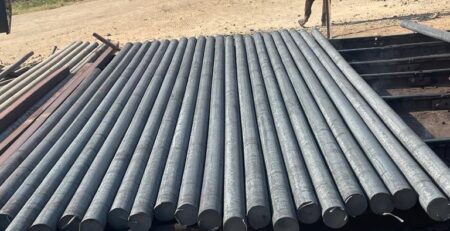
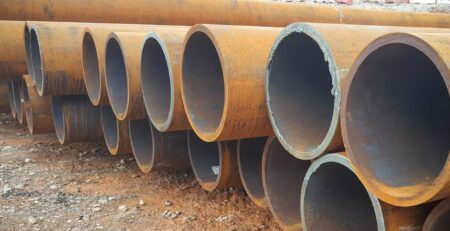
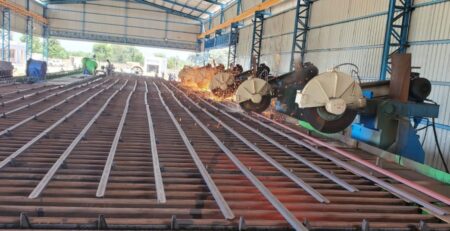
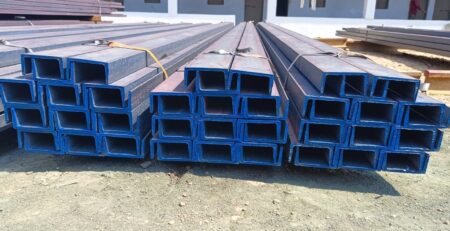
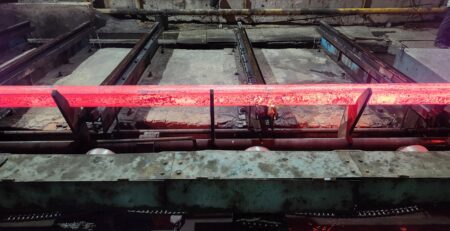

Leave a Reply